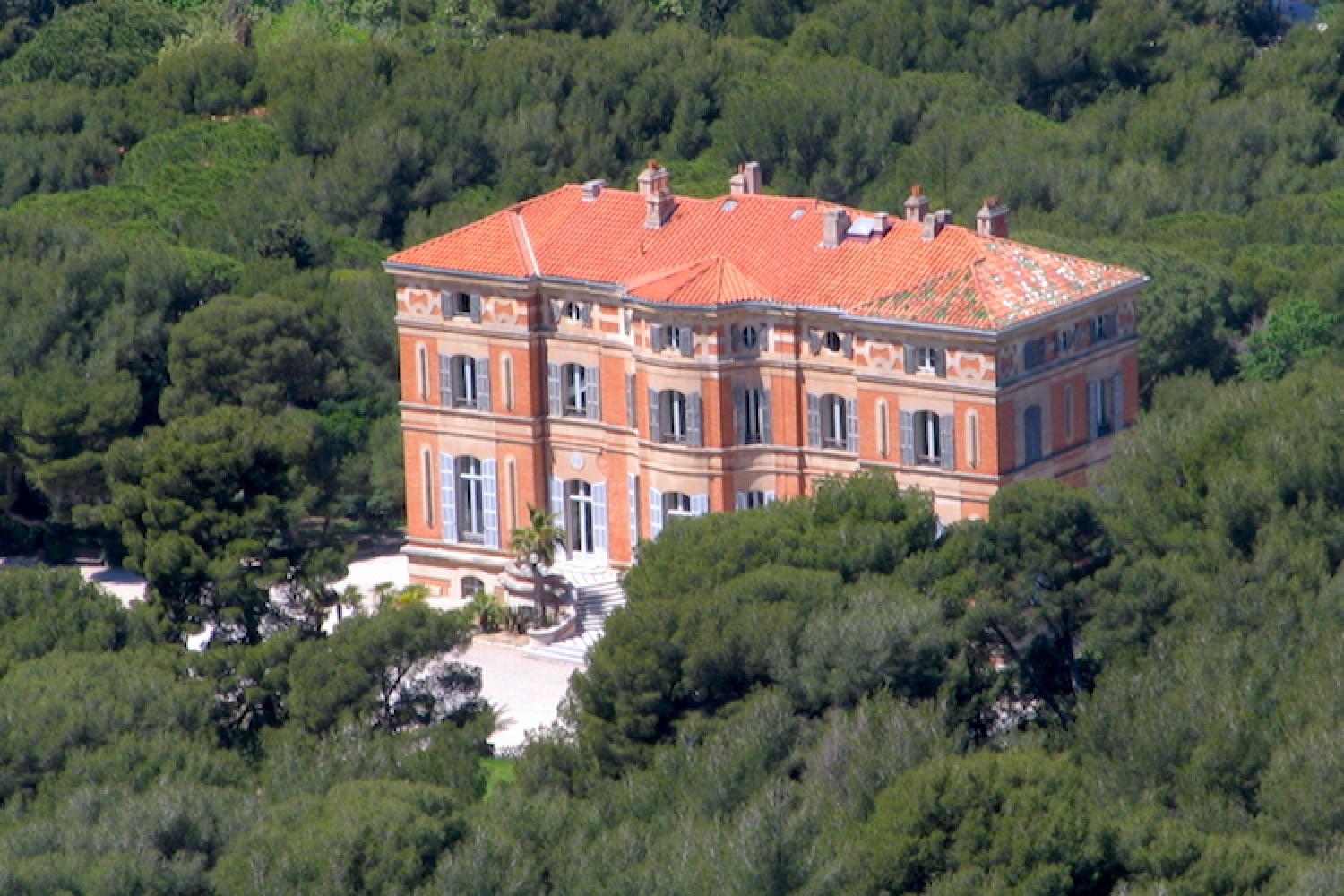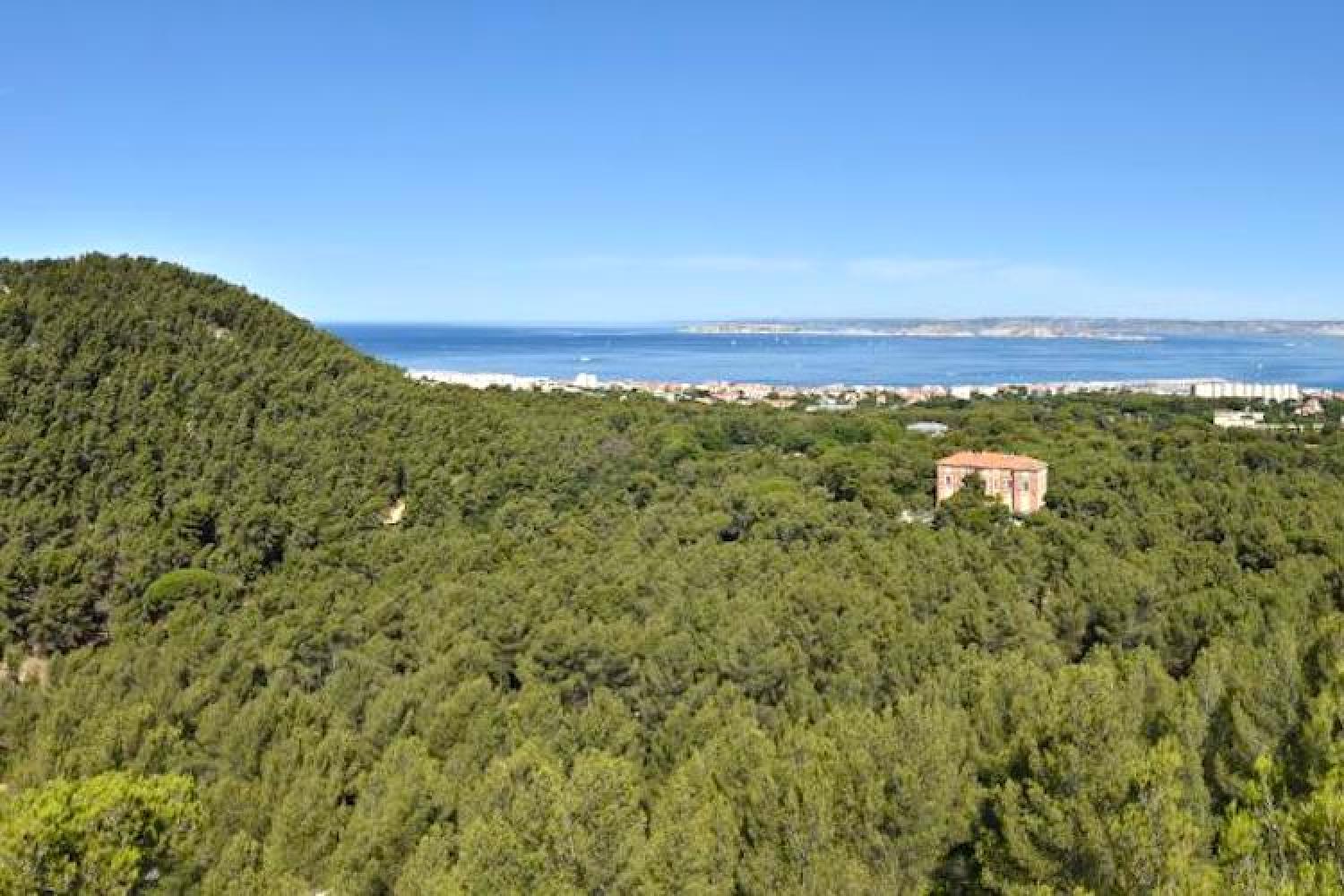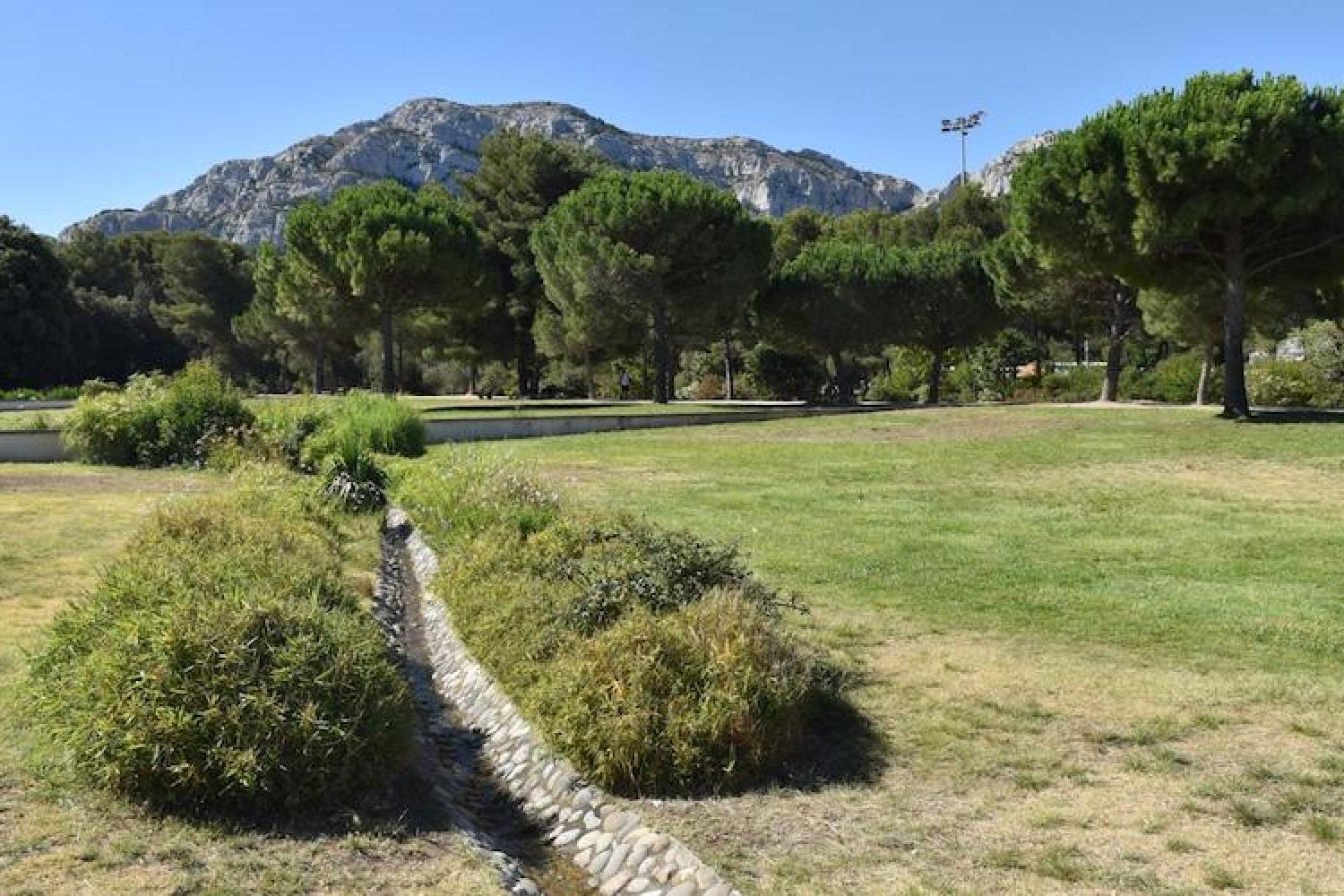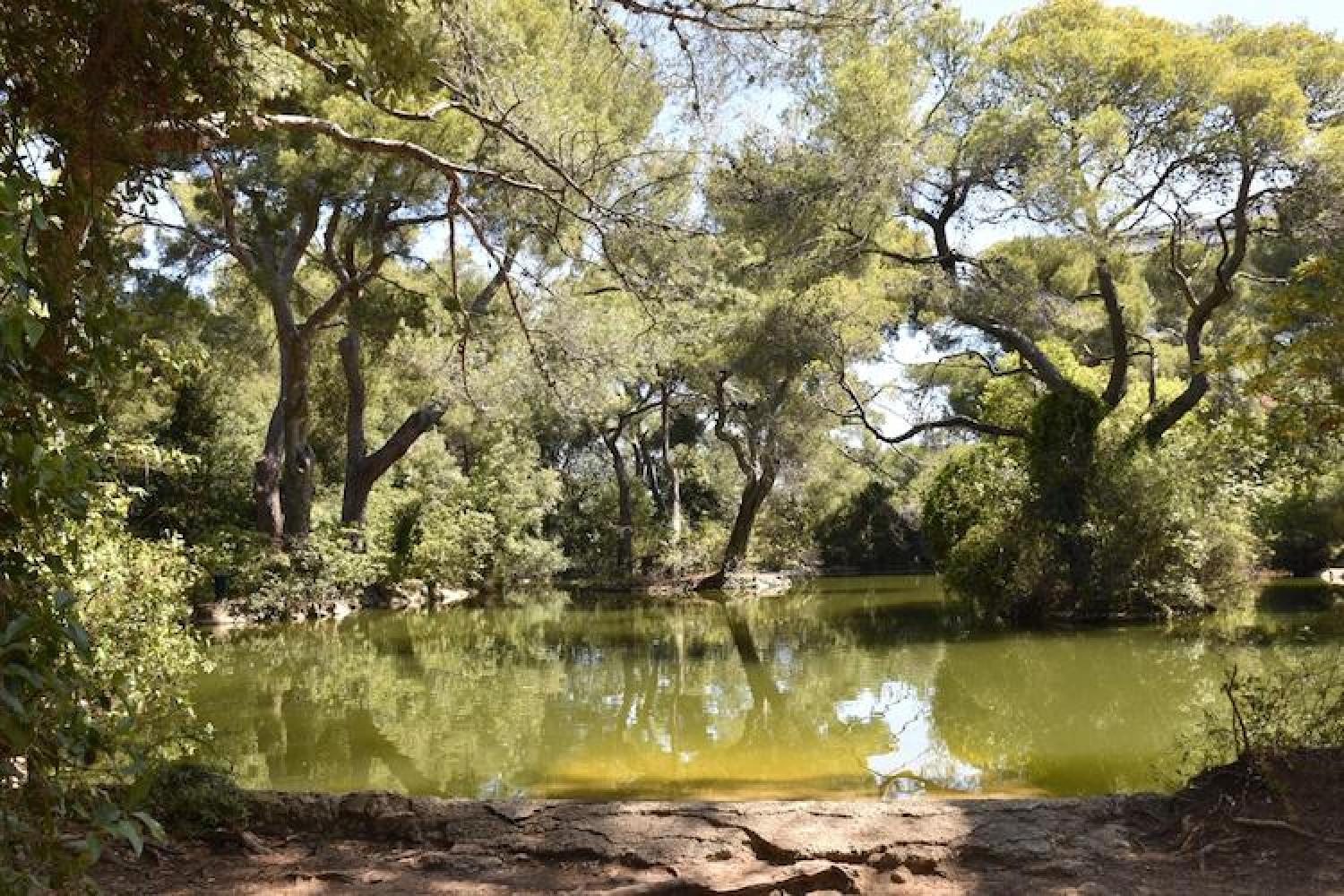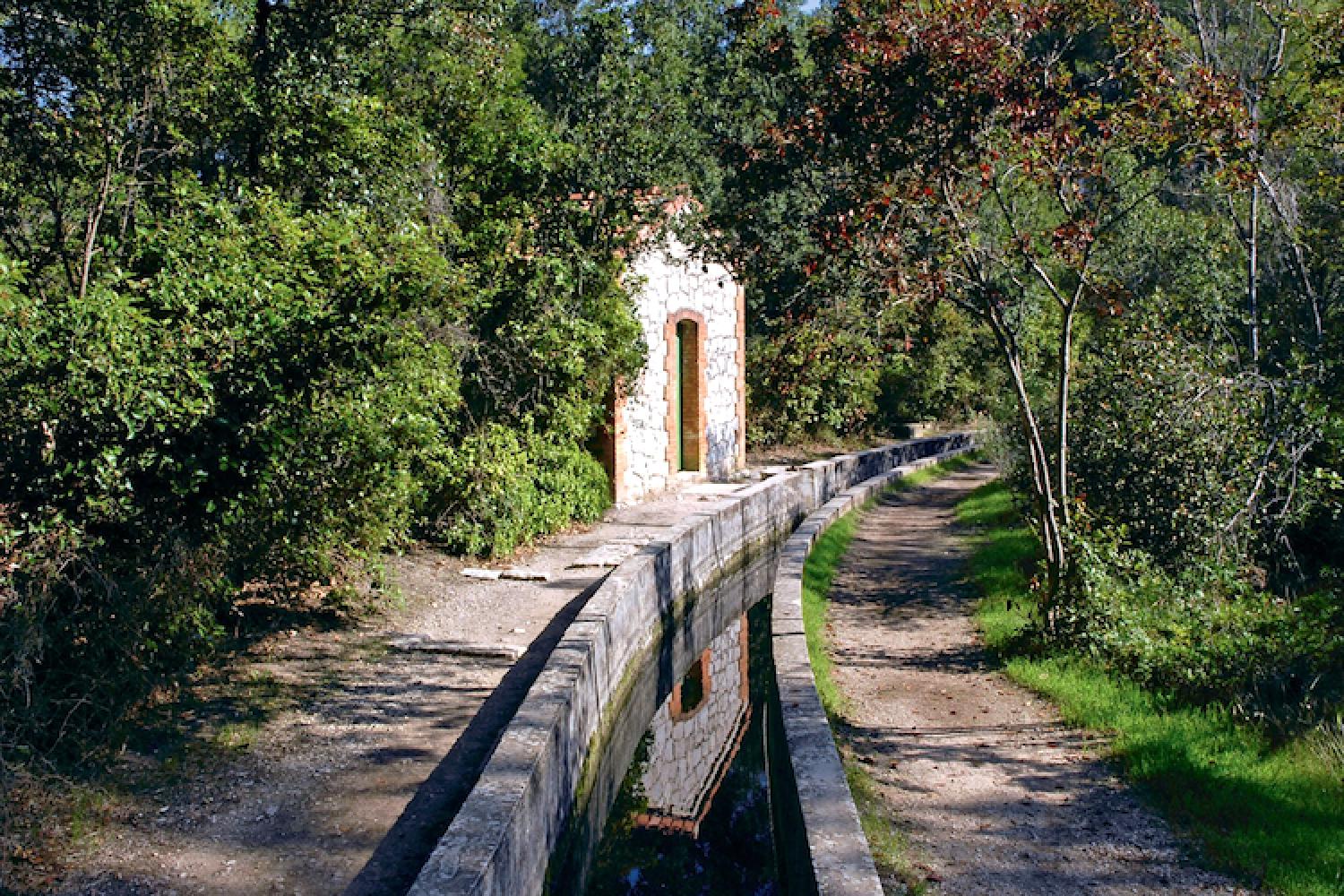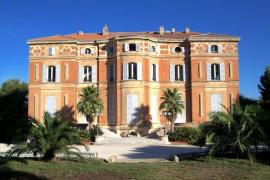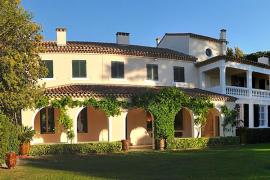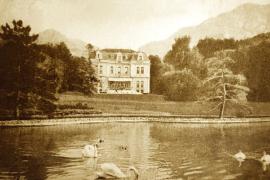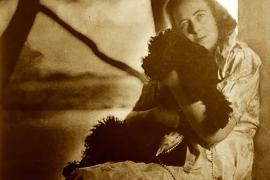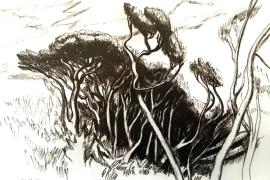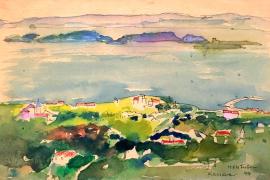An estate between the sea and hills
On the outskirts of the city
This immense park is divided into two parts. The lower part is a public park studded with fountains. At the end of the main path, the upper part is wilder: you are in the heart of the Calanques National Park. A deviation of the Marseille canal, borders the south-western side and winds across the land.
This vast bastide estate is one of the few to have almost entirely resisted urban and property development. It is now 112-hectares of public park, including 100 hectares of natural areas. Many hiking trails climb the Marseilleveyre range from these wooded foothills.
Marseille's countryside
The estate is named after the Pastré family, which has five generations of history in Marseilles. Now the Marseille population enjoys the area for walking, outdoor sports, and other leisure activities, including a tree-top adventure park, an equestrian centre, and a theater. It is also the ideal place for educating school children about the environment.
Before it was a family estate, the land here was covered with pastures and crops (vines, cereals, and almond, fig, pear and apricot trees). Livestock was followed by ducks and swans in the ornamental ponds, taken from the Marseille canal. Initially it was Zarafa the giraffe who wandered around here in 1827! Then in 1861, ostriches were hatched here as part of an experiment by the zoo! The valley where they grew up is named after them.
All the typical Mediterranean forest species grow in this natural environment: Aleppo pines, evergreen oaks, laurustinus, and mourvens Phoenician junipers. Napoleon and Désirée Clary declared their love for each other under one of them. New species have been introduced with transformations to the landscape including mimosas, umbrella pines, Atlas cedars, yuccas, and bamboos. Stunning views of the hills and the sea are visible through this luxurious vegetation.
Château Pastré
This luxurious green estate and the surrounding area are scattered with bastides. Built in 1862, Château Pastré is the biggest. It was designed by the architect Jean-Charles Danjoy for shipowner and merchant Eugène Pastré. The flagship edifice of the local area surrounded by beautiful grounds, it is one of the Calanques National Park’s most remarkable monuments.
With magnificent polychrome work, this elegant construction abounds with character. It has two original features: the stone and pink bricks, and the protruding, rounded centrepiece of the facade. Like an invitation to nature, the wide double staircase leads to a meadow edged with pine trees, backed by the Marseilleveyre cliffs.
During the Second World War, it was occupied by the American consulate, then the general staff of the German army. At the end of the 20th century, a selection of earthenware, for which Marseille was a renowned production centre, was exhibited here. The collections have since been transferred to Château Borély.
More bastides at the foot of the hills
Villa Provençale is in the lower part of the park, hidden by the trees. This 18th-century home now welcomes distinguished guests. Not far away, the surprising Château Estrangin, built in 1861, has northern-French style, despite being designed by a Marseille architect. It is now used for a day-care centre and the Naturoscope, a long-standing member of the Éducalanques network. Nearby, Château Sanderval, dating back to 1850, is a centre for young people in difficulty. Not to mention, Château Double, now the national maritime academy, is next to the park.
All this land, at the time over 120 hectares, was acquired by the Pastré family in the first half of the 19th century. The houses were built as homes for the various branches of the family. In the 1960s, the City of Marseille purchased almost the entire estate and opened most of it to the public.
A countess in Montredon
A singular personality, the eccentric and generous Lily Pastré, once lived here. She first appeared in history during the Occupation when Marseille was a refuge for intellectuals and artists. Lily Pastré came to their rescue, making her property a thriving centre for European culture. Francis Poulenc and André Masson were among the 40 or so artists residing there permanently.
A singular personality, the eccentric and generous Lily Pastré, once lived here. She first appeared in history during the Occupation. Marseille was a refuge for intellectuals and artists at the time. Lily Pastré came to their rescue, making her property a thriving centre for European culture. Francis Poulenc and André Masson were among the 40 or so artists who stayed there permanently.
The countess was also part of the American, Varian Fry's network. Sent to Marseille to organise the escape of a few personalities, he eventually saved over two thousand people including Claude Lévi-Strauss and Marc Chagall. Lily later welcomed many other artists to Pastré, including Édith Piaf, Joséphine Baker, Louis Jouvet, Paul Valéry, and Roland Petit.
From Shakespeare to Emmaüs
En juillet 1942, elle fait représenter Le Songe d’une nuit d’été en plein air à Pastré. Shakespeare est alors interdit, tout comme l’œuvre de Jacques Ibert, compositeur de la musique, sans parler de l’orchestre en majorité juif. Le couturier Christian Bérard utilisera les rideaux du château pour réaliser les costumes ! Ils seront brûlés à la fin de cette représentation unique, image éphémère de ce rêve d’une nuit en pleine Seconde Guerre mondiale. Lors de cette soirée mémorable, Edmonde Charles-Roux, future femme de lettres et épouse du maire Gaston Defferre, interprétera une des fées...
In July 1942, Lily organised an outdoor production of A Midsummer Night's Dream at Pastré. Shakespeare was banned at the time, as was the composer Jacques Ibert, not to mention the largely Jewish orchestra. Fashion designer Christian Bérard used the curtains of the castle for the costumes! They were burned at the end of this unique performance, a fleeting dream that lasted for one night in the middle of the Second World War. Edmonde Charles-Roux, future writer and wife of the mayor Gaston Defferre, played one of the fairies in the memorable production.
In 1948, Lily Pastré initiated the creation of the Aix-en-Provence Lyric Art Festival. She carried out a final remarkable gesture when she rented some land to Abbé Pierre for a token amount. His Emmaus community still lives there. They offered the biggest wreath at her funeral
"Dear Madam, I attended the magical event you organised in your grounds. During this enchanting evening, I caught a glimpse of you through the white trees, after the lights were turned off: you seemed to be surrounded by a halo of joy. I dared not break the spell with a compliment that would have seemed banal. I preferred to let you savour your emotion in solitude. I remained in the shadows, mute with pleasure. I now want to thank you, on behalf of all my friends and myself. Thanks to you, we all experienced a beautiful dream."
Getting here and regulations
Before heading out to visit the Calanques National Park, make sure you are prepared and read about good conduct and regulations here.
The park is open to visitors every day of the year (see the Ville de Marseille website for more information). The section of the park that is classified as a national reserve (edged with green on the below map), and beyond the Marseille canal, is closed when fire danger is high.
Getting here
RTM bus no.19 - direction Madrague de Montredon, Montredon Pastré stop
Localisation
GPS coordinates: 43.233373, 5.373552
 Read (in French)
Read (in French)
La campagne Pastré, guide historique, par R. Caty, G. Reynaud, E. Richard, C. Thomas
La famille Pastré - Des bergers du Haut Languedoc aux armateurs de Marseille, par Ghislain Pastré
Lily Pastré, la bonne-mère des artistes, par Laure Kressmann
Le salon de Lily - Hommage à la comtesse Pastré, mécène, par Michel Enrici et Mathieu Provansal
Histoires de Lily, comtesse Pastré - La dame de Montredon, par Françoise Donadieu




